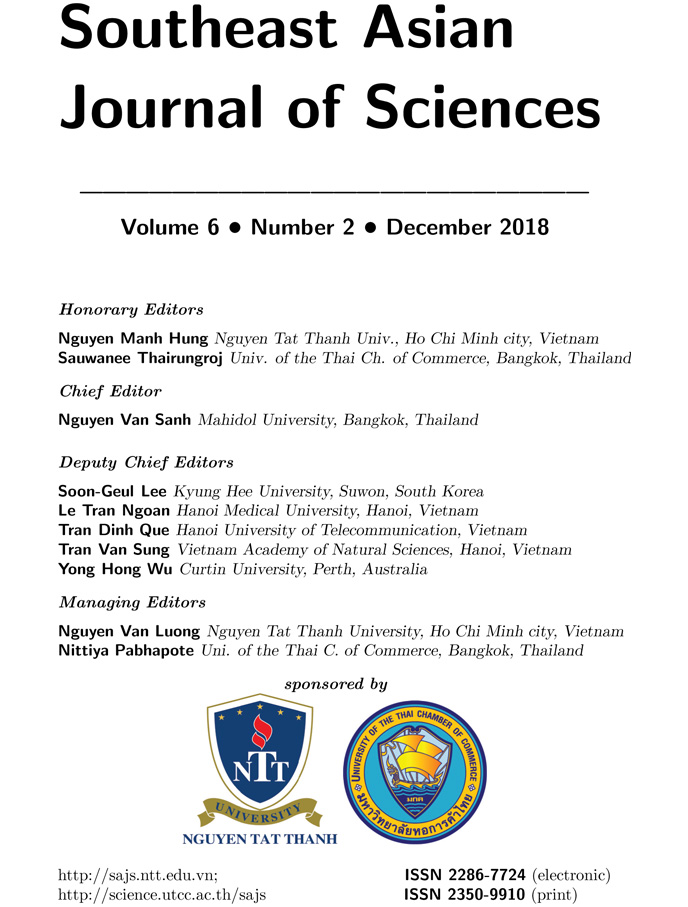KRIGING STATISTICAL METHOD: APPLICATION TO PREDICT THE DAILY DEATH TOLL OF THE COVID-19 PANDEMIC IN VIET NAM
Abstract
COVID-19 was first reported in late 2019 in Wuhan, China, and has spread worldwide. It is caused by SARS-CoV-2, a coronavirus discovered in 2019. Infection with SARS-CoV-2 causes a wide range of disease severity, from asymptomatic to acute respiratory failure and death. Risk factors for severe illness include older age, immunosuppression, comorbidities (eg, diabetes, chronic kidney disease), and pregnancy. Vaccines are somewhat effective in preventing transmission and very effective in preventing serious illness and death. This study aims to predict the number of new deaths per day due to COVID-19 in Vietnam in the days without observational data and to predict the future death toll. The study used Covid-19 data from the World Health Organization (WHO). A total of 260 days were collected, and the author processed and normalized the data. Based on the data available dates, the author uses Kriging statistical method to build a predictive model. As a result, the author has selected a suitable forecasting model with a high-reliability data set, the regression coefficient and the correlation coefficient are close to 1, the error between the predicted results by the model compared with the data. The actual collection is very small, there are days when the prediction error is almost zero. The study has built a future forecast map of the number of new deaths per day due to COVID-19. The article concludes that the application of the Kriging statistical method is suitable for COVID-19 data. This study opens up new research directions for related fields such as earthquakes, mining, groundwater, environment, etc.

